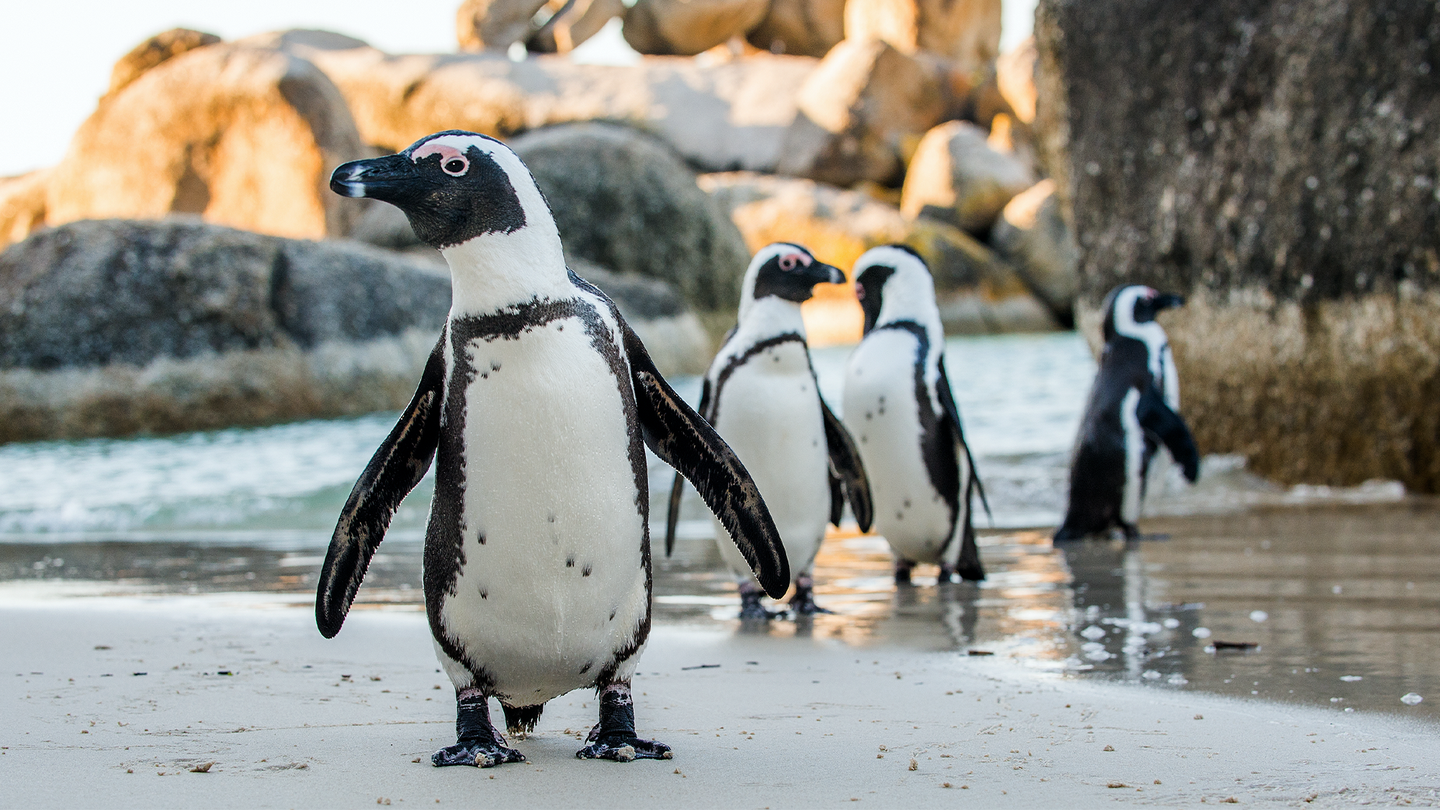
In a remarkable twist to the conventional image of penguins dwelling in icy Antarctic landscapes, Africa boasts its own thriving penguin population along its southern coastline. Known as the African penguin or the jackass penguin for its distinctive braying call, these charismatic birds have made their homes in the coastal areas of South Africa and Namibia.
Despite being far removed from the frigid conditions of the South Pole, African penguins have adapted to the temperate climate and rocky shores of their African habitat. Their sleek, black-and-white plumage and playful antics have captured the hearts of locals and visitors alike, offering a unique wildlife experience in a region better known for its terrestrial safari adventures.
The African penguin population, once abundant, has faced significant challenges in recent decades. Human activities such as overfishing, pollution, and habitat destruction have taken their toll on these coastal ecosystems, threatening the survival of these iconic birds. Additionally, climate change poses further risks, affecting sea temperatures and fish stocks upon which the penguins rely for food.
Conservation efforts have been implemented to safeguard the future of African penguins and their habitats. Conservation organizations, national parks, and local communities are working together to establish protected areas, mitigate human impacts, and raise awareness about the importance of preserving biodiversity along Africa’s coastlines.
Tourism plays a crucial role in supporting conservation initiatives while providing opportunities for people to observe African penguins in their natural environment responsibly. Visitors can experience guided tours to penguin colonies, educational programs about marine conservation, and volunteer opportunities to contribute directly to penguin conservation efforts.
Despite the challenges they face, African penguins continue to enchant observers with their endearing behaviors and serve as ambassadors for the conservation of marine ecosystems. Their presence along the African coast serves as a reminder of the interconnectedness of global biodiversity and the importance of protecting natural habitats for future generations.
